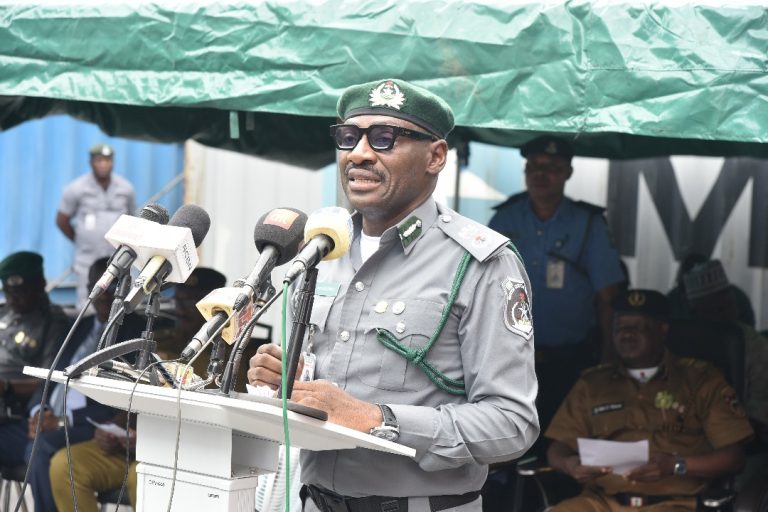- As South Korea, Japan agree intelligence-sharing on North Korea threat
One after another, fighter jets catapult from the flight deck of the USS Eisenhower, a thousand-foot (305-meter) American aircraft carrier, afterburners glowing amber above the blue Persian Gulf, on their way northwest to join the fight in Iraq and Syria against the Islamic State.
The fighter jets refuel on the way before receiving from coalition partners targets like convoys, hideouts and mortar positions in IS-controlled territories such as Mosul and Raqqa, said Rear Adm. James Malloy, commander of the Eisenhower carrier strike group.
From his office aboard the USS Eisenhower, Malloy described coalition success around Mosul while cautioning that victory is close at hand.
“Mosul is the last large city in Iraq that is held by Daesh, but Daesh is by no means finished in Iraq, so our mission in Iraq won’t end as Mosul falls,” he said, using the Arabic acronym for IS.
While inter-coalition coordination was “seamless,” communication with Russia was limited to “deconfliction,” Malloy said.
“There’s no coordination there because the goals are not the same,” the admiral said.
The carrier’s captain Paul Spedero said sorties from the Eisenhower have dropped nearly 1,100 bombs on IS targets since June when the ship entered the Persian Gulf after launching strikes from the eastern Mediterranean.
The ship’s 5,200 sailors arm, repair, launch and recover 7-20 Super Hornet F18 fighter jets every day that drop on average 10 bombs each or reconnoiter in support of anti-IS coalition forces.
The crew catapults the jets from the ship at 145mph, and they use a hook and cable to rapidly catch the fighter jets on the 500-foot long carrier deck.
“For a catapult shot, if you think about a Porsche 911, zero to sixty in about 2.5 seconds, these aircraft will go from 0 to 145 miles per hour in 2.5 seconds,” said commander Jeremy Rifas, the carrier’s air boss, from inside the ship’s control tower overlooking launches.
The fighters on these sorties head north by northwest for an hour before refueling midair and then approaching coalition ground forces that provide the pilots with targets for airstrikes or reconnaissance.
“They go into harm’s way every single time, every single mission. I don’t really close my eyes until 2300 when the last one comes back,” admiral Malloy said.
The U.S.-led coalition has flown more than 125,000 sorties in Iraq and Syria since Operation Inherent Resolve began in Aug. 8, 2014, according to the US Department of Defense.
In the meantime, South Korea and Japan signed a military intelligence pact on Wednesday to share sensitive information on the threat posed by North Korea’s missile and nuclear activities, the South’s defense ministry said.
The South Korean government went ahead with the deal despite opposition from some political parties and a large section of the public, who remain bitter over Japan’s actions during its colonial rule of Korea from 1910 until the end of World War Two.
The signing of the General Security of Military Information Agreement had originally been expected in 2012, but South Korea postponed it due to the domestic opposition.
The case for the neighbors to pool intelligence has increased, however, as North Korea has been testing different types of missiles at a faster rate, and claims it has the capability to mount a nuclear warhead on a missile.
South Korea’s Defence Minister Han Min-koo and Japan’s ambassador to the South, Yasumasa Nagamine, inked the agreement in Seoul, according to the South Korean defense ministry.
A survey by Gallup Korea on Friday showed that 59 percent of 1,007 respondents opposed the agreement between the two countries.
Many of protesters demanding President Park Geun-hye to resign over a influence-pedaling scandal also insisted Park withdraw the military information sharing agreement with Tokyo.
A defense ministry official said South Korea now has deals with 33 countries, including the United States and Russia, on military intelligence sharing.
MSN



















